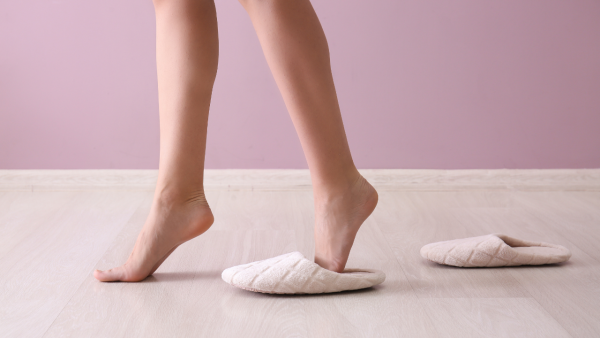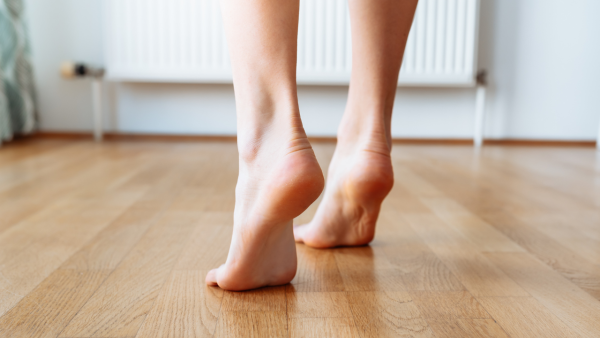
When it comes to increasing height, people explore all kinds of solutions—stretching routines, yoga, nutrition, and even posture correction techniques . But can a specific walking style actually contribute to gaining those extra inches? Among the most curious approaches discussed in fitness circles is tiptoe walking . Here’s what this style of walking is all about and whether it holds any truth for height improvement.
What is tiptoe walking?
Tiptoe walking is exactly what it sounds like—walking on the balls of your feet, with your heels lifted off the ground. This walking technique is used as an exercise plan to tone the legs, strengthen the calves, and improve balance—it's not only for ballerinas or energetic children.

Although it may seem easy, tiptoe walking involves using a variety of lower body muscles, such as your calves, ankles, and even your core. Proponents claim it might stimulate growth plates, elongate the spine, and lead to better posture. But is there any science to back these claims?
To understand whether tiptoe walking can increase height , it’s important to look at how growth happens. Growth plates in the long bones of the legs provide the majority of the growth during childhood and adolescence, and height is mostly determined by heredity. When these plates fuse beyond puberty, it is nearly impossible to naturally acquire height.

You can look taller by keeping your posture straight and strengthening your muscles. Your posture may appear longer and more balanced with exercises that focus on your lower body, core, and spine, giving the impression that you are taller.
Tiptoe walking: Fact or fiction for height gain?
Now, where does tiptoe walking fit into all this? While tiptoe walking is a fantastic exercise for strengthening your calves and improving balance, no scientific evidence directly links it to increased height in adults.
That said, tiptoe walking might indirectly contribute to better posture. It engages your lower limb muscles and stabilisers, which can help you stand straighter. The better alignment of your spine and shoulders can make you appear taller even if your actual height remains the same.
A study published in “Children with Idiopathic Toe Walking (ITW)” highlights differences in lower limb joint ranges and strength in children who toe-walk compared to those who don’t. While this study focused on children with ITW as a condition, it highlights the importance of lower limb strength in physical performance. Toe-walking can build strength, but it won’t magically stimulate growth once growth plates have fused.
So, does this style of walking increase height? Unfortunately, no. Tiptoe walking isn’t a shortcut to a taller stature. But, it can make you look taller by improving your posture and strengthening your lower body. Think of it as a way to maximize the height you already have, rather than adding more inches.


